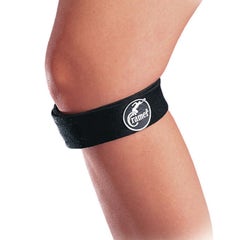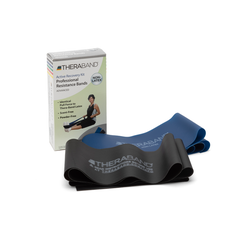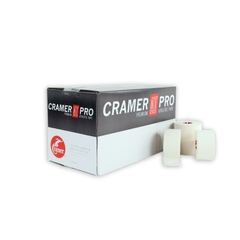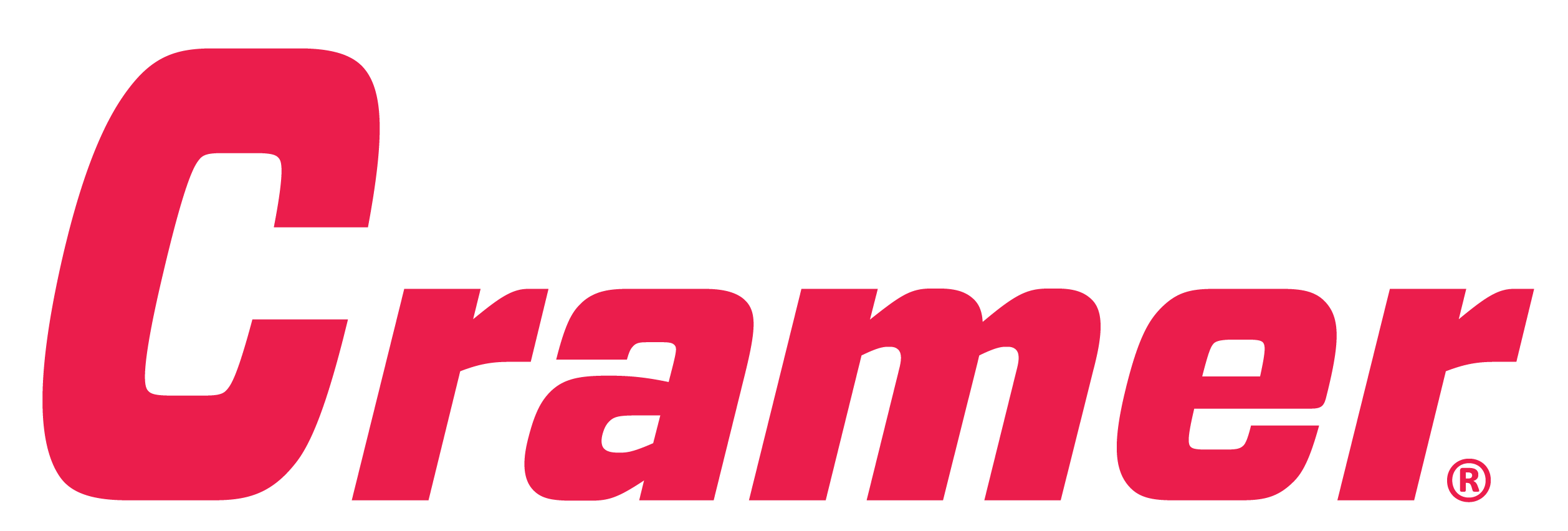Participation in youth sports continues to grow, offering numerous physical, emotional, and social benefits. However, it also brings an increased risk of sports-related injuries. According to the CDC, more than 2.6 million children are treated in emergency departments each year for sports and recreation-related injuries¹. Physical therapists (PTs) play a crucial role in both preventing these injuries and facilitating safe, effective rehabilitation in collaboration with physicians, athletic trainers, and coaches.
Why Injury Prevention Matters in Youth Sports
Youth athletes are particularly susceptible to injuries due to ongoing growth and development, limited motor control, and early sport specialization. Overuse injuries such as patellofemoral pain syndrome, Little League elbow, and Osgood-Schlatter disease are prevalent, often resulting from repetitive strain and insufficient recovery time².
Preventing these injuries requires proactive strategies, and physical therapy offers a movement-based approach tailored to the needs of young athletes. Through functional movement assessments, neuromuscular training, and education on proper biomechanics, PTs can help reduce injury risk before problems arise.
Physical Therapy as a Preventive Tool
Physical therapists are experts in human movement and function. In youth sports, they often conduct pre-participation screenings to identify movement deficiencies, strength imbalances, or flexibility limitations that may predispose athletes to injury. Intervention strategies may include:
- Neuromuscular training programs, such as FIFA 11+ or PEP (Prevent Injury and Enhance Performance), which have been shown to reduce ACL injury risk in adolescent athletes³.
- Load management and education for parents, coaches, and athletes on appropriate training volume and rest periods.
- Cross-training and sport diversification, which have been associated with fewer injuries and longer athletic careers⁴.
These evidence-based strategies can improve both performance and long-term musculoskeletal health.
Physical Therapy in Injury Rehabilitation
When injuries do occur, physical therapy is a cornerstone of recovery. PTs assess range of motion, strength, neuromuscular control, and functional movement to create personalized rehabilitation programs. Key aspects of sports injury rehab include:
- Tissue healing support through manual therapy, therapeutic modalities, and progressive loading.
- Motor control retraining to restore proper mechanics and reduce reinjury risk.
- Psychosocial support, especially critical in adolescents, to address fear of reinjury and loss of athletic identity⁵.
- Return-to-play (RTP) protocols developed in coordination with athletic trainers and physicians, ensuring safe and evidence-based progression.
PTs are uniquely positioned to guide athletes from the acute post-injury phase through full return to sport.
Collaborative Care: PTs, Athletic Trainers, and Physicians
Effective sports injury management depends on interdisciplinary collaboration. PTs often work as part of an integrated care team that includes:
- Athletic trainers (ATs): Provide initial injury evaluation, acute care, and communication with families and coaches. PTs often receive referrals from ATs for continued rehab or work together simultaneously in the rehab process
- Physicians, especially sports medicine specialists and orthopedic surgeons: Diagnose conditions, manage medical treatment, and initiate rehabilitation with PTs and other members of the team
- Coaches and parents: Work alongside clinicians to ensure training load, technique, and return-to-play guidelines are followed.
This model of shared care supports optimal outcomes and promotes a safer sports experience for youth.
Extending the Benefits Across the Lifespan
While this article emphasizes youth athletes, the principles of physical therapy in sports injury prevention and recovery are applicable across all ages. Adolescents transitioning to collegiate sports, adults engaged in recreational activity, and aging athletes all benefit from tailored movement assessments, targeted exercise interventions, and coordinated care. Physical therapy supports lifelong engagement in physical activity while minimizing injury risk.
Conclusion
Physical therapists are essential partners in the ecosystem of youth sports. Their expertise in movement analysis, injury prevention, rehabilitation, and return-to-play coordination makes them uniquely valuable in supporting safe athletic participation. With collaborative, evidence-based care, we can reduce injury risk, support long-term athletic development, and ensure young athletes continue to thrive on and off the field.
Discover Athletic Resources from Performance Health
Recommended Products
Medical Disclaimer: The information provided on this site, including text, graphics, images, and other material are for informational purposes only and are not intended to substitute for professional medical advice, diagnosis, or treatment. Always seek the advice of your physician or other healthcare professional with any questions or concerns you may have regarding your condition.
References
- Centers for Disease Control and Prevention. Sports-Related Injuries Among Youth. CDC; 2023. Accessed August 3, 2025. https://www.cdc.gov/sports/injuries.html
- DiFiori JP, Benjamin HJ, Brenner J, et al. Overuse injuries and burnout in youth sports: a position statement from the American Medical Society for Sports Medicine. Clin J Sport Med. 2014;24(1):3-20. doi:10.1097/JSM.0000000000000060
- Sugimoto D, Myer GD, Bush HM, Klugman MF, Hewett TE. Effects of neuromuscular training on ACL injury risk in female athletes: a meta-analysis. Am J Sports Med. 2012;40(5):1065-1072. doi:10.1177/0363546511426431
- Jayanthi NA, Pinkham C, Dugas L, Patrick B, LaBella C. Sports specialization in young athletes: evidence-based recommendations. Sports Health. 2013;5(3):251-257. doi:10.1177/1941738112464626
- Podlog L, Dimmock JA, Miller JA. A review of return to sport concerns following injury rehabilitation: practitioner strategies for enhancing recovery outcomes. Phys Ther Sport. 2011;12(1):36-42. doi:10.1016/j.ptsp.2010.07.005
- American Physical Therapy Association. Sports Physical Therapy. ChoosePT.com. Accessed August 3, 2025. https://www.choosept.com/why-physical-therapy/specialty-areas-physical-therapy/sports-physical-therapy

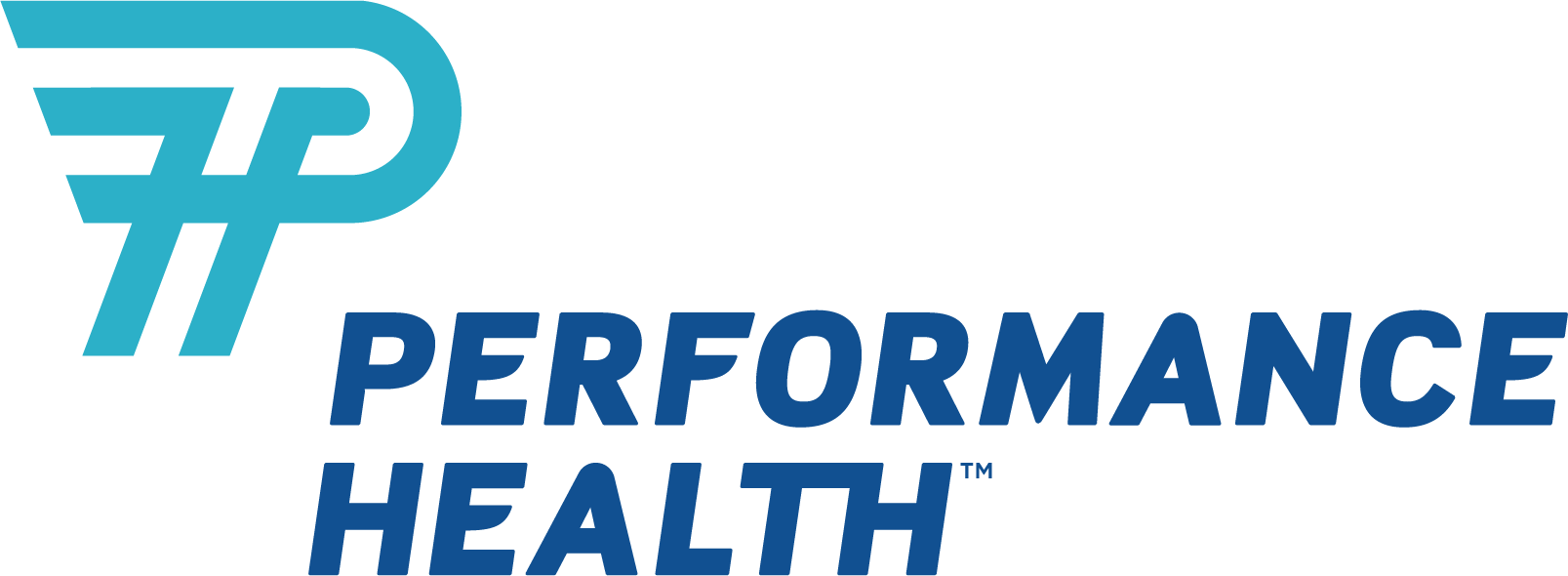






 France
France Australia
Australia
